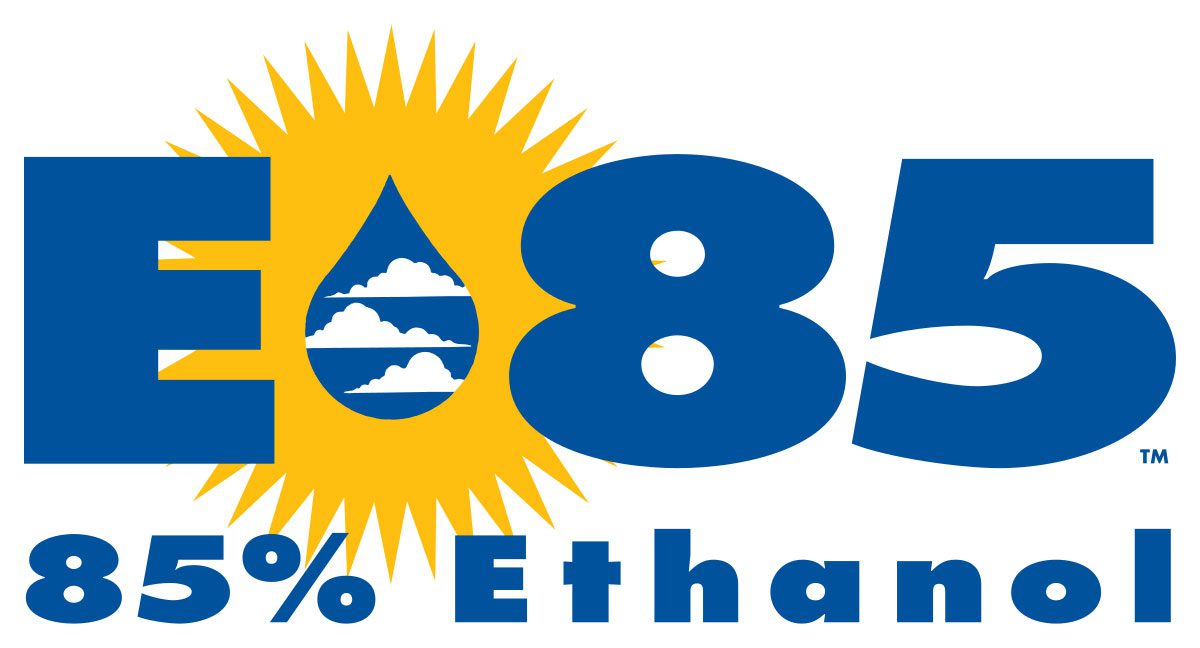New Hope For A Rotary Sports Car.
Rotary Engine: A New Hope for Mazda Sports Cars
Introduction
For years, car enthusiasts and Mazda fans have been eagerly anticipating the return of the iconic rotary engine. The RX-7 and RX-8 left a lasting impression on the automotive world, and the prospect of a successor has always been an exciting topic of discussion. Recent developments suggest that Mazda is actively working on a new rotary engine, fueling hopes for a future sports car that embodies the spirit of its predecessors.
Mazda’s Commitment to Rotary
Mazda has a long-standing commitment to the rotary engine, considering it an integral part of the brand’s heritage. Despite the lack of a rotary-powered sports car in recent years, Mazda has consistently expressed its desire to keep the rotary alive. The company’s dedication is evident in its recent filing of six patents related to a new two-rotor Wankel rotary engine, signaling that Mazda is working on something big.
The Importance of Two Rotors
The significance of the two-rotor design lies in its potential to power a proper sports car, unlike the single-rotor engine used in the MX-30 range extender. Mazda’s intentions are clear: they are not giving up on the idea of a successor to the RX-7 and RX-8. These patents represent a step towards improving the fuel efficiency of the rotary engine, addressing one of its major challenges and making it viable for production once again.
Enhancing Fuel Efficiency
Three of the six patents filed by Mazda focus on the design of the rotors themselves, aiming to enhance fuel efficiency. The key innovation lies in the recessed cutouts on the outer faces of the rotors. Each patent showcases a different cutout design, varying in length, width, and depth. These cutouts play a crucial role in shaping the combustion chamber, influencing ignition timing and promoting the growth of the flame.
Optimizing Combustion Chamber Geometry
The recesses in the rotor faces not only accelerate flame growth but also control it, ensuring complete combustion before the exhaust phase. This is achieved by mitigating a design flaw of the Wankel rotary engine, where the curved face narrows the combustion chamber at top dead center (TDC) of the ignition stroke. By increasing the size of the recesses, Mazda maintains fluidity in the air-fuel mixture, reducing gas leakage and improving combustion efficiency.
Adjusting Ignition Timing
Mazda’s innovative rotor design goes beyond rectangular recesses. The company proposes wider and deeper recesses at the center of the rotor, with narrower and shallower recesses at the leading and trailing edges. This configuration allows for depressurization and re-pressurization of the air-fuel mixture, optimizing its ignitability. By adjusting the pressurization during the combustion phase, Mazda can achieve smoother combustion, eliminating two-stage combustion and improving thermal efficiency.
Air Intake Enhancements
In addition to the rotor design improvements, Mazda’s patents also address enhancements to the air intake structure of the rotary engine. Specifically, the patents explore the integration of an exhaust gas recirculation (EGR) system and its role in suppressing vibrations. These intake-related patents focus on mixing intake air with exhaust fumes, optimizing combustion, and reducing noise, vibration, and harshness (NVH).
A Promising Future for Rotary Power
Mazda’s efforts to improve the rotary engine’s fuel efficiency and address its known challenges indicate a strong commitment to bringing back a rotary-powered sports car. With each patent filing, Mazda is inching closer to making a new rotary engine emissions-compliant, a crucial step in meeting global emissions targets and ensuring the viability of a rotary-powered Mazda sports car.
The RX-9: A Legend Reborn?
While Mazda has not officially confirmed that these patents are specifically for the RX-9, it is widely speculated that they are laying the groundwork for Mazda’s next sports car. The RX-9, or whatever Mazda decides to call it, holds the potential to captivate enthusiasts and continue the legacy of the RX-7 and RX-8. If Mazda can achieve the desired fuel efficiency while enhancing power delivery and fuel economy, the dream of a rotary-powered Mazda sports car may become a reality.
Conclusion
The recent patent filings by Mazda for a new two-rotor rotary engine signify a renewed hope for rotary enthusiasts worldwide. Mazda’s commitment to the rotary engine, coupled with their efforts to improve fuel efficiency and address known challenges, sets the stage for the potential return of a rotary-powered sports car. While we await further developments, the automotive world is buzzing with anticipation, eager to see if Mazda will deliver on its promise to keep the spirit of the rotary engine alive in a new and exciting sports car.





